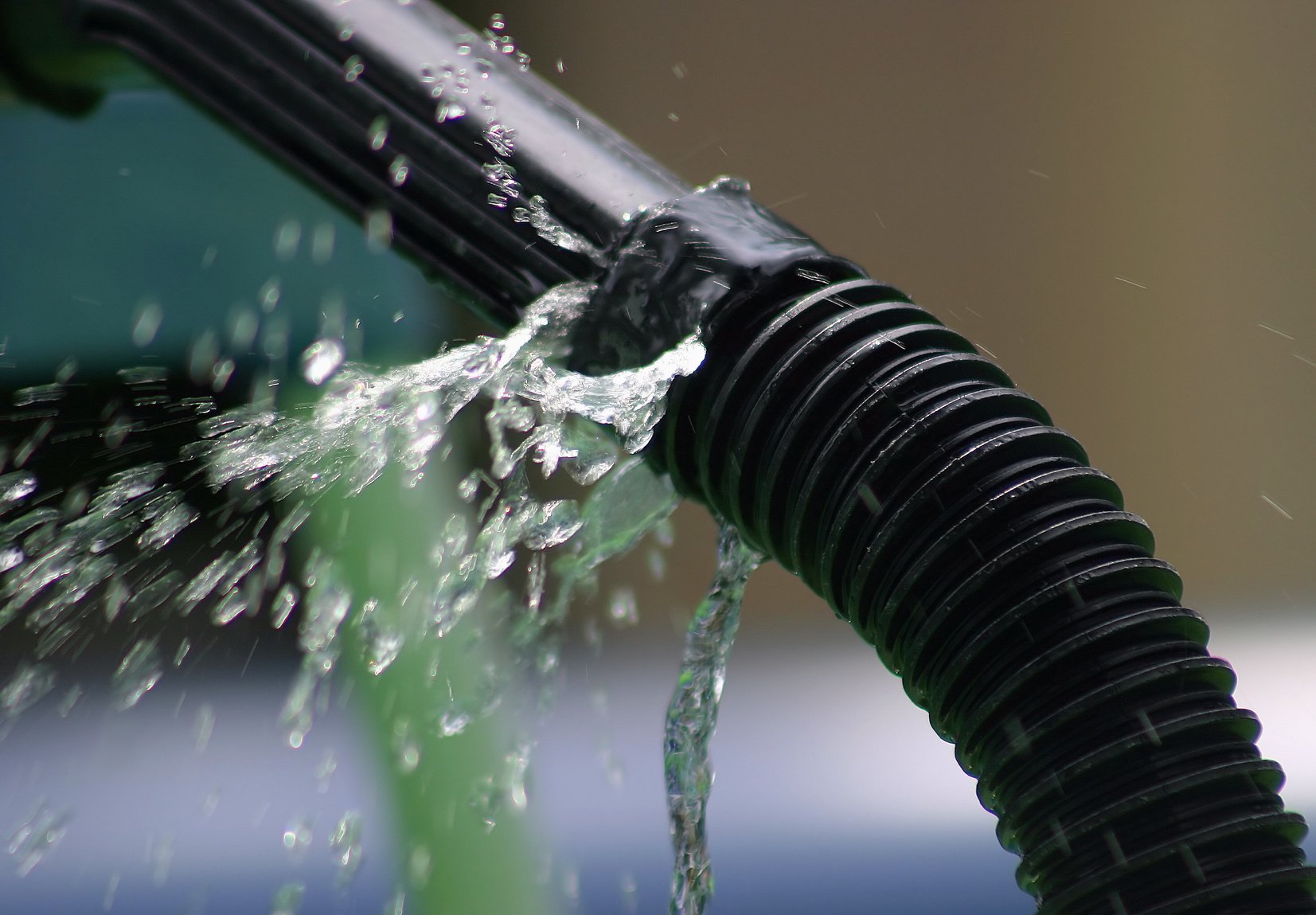Right here in the next paragraph you'll find lots of sound help and advice around How Fast Water Damage Can Ruin Your Home.

Leakages not just trigger waste of water however can additionally create unnecessary damage to your residence as well as promote undesirable natural development. By recognizing as well as looking for day-to-day scenarios that create leakages, you can shield your home from future leaks and unnecessary damages.
Encroaching origins
A lot of water leaks start outside the residence rather than inside it. You might notice damp patches or sinkholes in your yard, and also that might suggest that tree origins are attacking water lines triggering water to leak out.
Rusty water supply
As time passes by, your plumbing system ages and corrosion such as corrosion might start eating away the pipes. This might be the source of discoloration or warping on your water pipes. This asks for an assessment with your plumber quickly. If our plumbing system is old, consider changing the pipelines considering that they go to a higher danger of corrosion than the newer designs.
Malfunctioning Pipeline Joints
The point at which your pipes connect is often the weakest link in the waterline. Pipe joints can degrade over time, causing water leakages. Regrettably, the majority of pipe joints are not easily noticeable. If you have noisy pipes that make ticking or banging noises, especially when the warm water is turned on, your pipe joints are probably under a lot of stress. It is advisable to have your plumber check your system once a year.
Immediate temperature adjustments.
Severe temperature level changes in our pipelines can trigger them to expand and also acquire suddenly. This expansion as well as contraction might trigger cracks in the pipelines, especially if the temperature level are listed below freezing.
Poor Water Connectors
At times, a leak can be triggered by loosened hoses and also pipes that supply your devices. In case of a water links leak, you may notice water running directly from the supply line or pools around your home appliances.
Blocked Drains
Obstructed drains pipes could be aggravating and inconveniencing, however they can occasionally wind up triggering an overflow causing break pipes. Maintain removing any type of materials that may go down your drains pipes that might clog them to prevent such aggravations.
All the above are root causes of leakages but not all water leakages arise from plumbing leaks; some leakages may come from roof leakages. All leakages must be repaired promptly to stay clear of water damage.
Leaks not just trigger waste of water yet can also trigger unnecessary damage to your house and promote unwanted organic growth. By looking and also recognizing for everyday situations that trigger leakages, you can shield your home from future leaks and unneeded damages. Today, we will look at 6 leak causes that may be triggering your pipelines to drip.
At times, a leak can be triggered by loosened hoses as well as pipelines that provide your home appliances. In instance of a water connections leakage, you might discover water running directly from the supply line or puddles around your appliances.
How To Check For Water Leak In Your Home
How To Check for Leaks
The average household's leaks can account for nearly 10,000 gallons of water wasted every year and ten percent of homes have leaks that waste 90 gallons or more per day. Common types of leaks found in the home are worn toilet flappers, dripping faucets, and other leaking valves. These types of leaks are often easy to fix, requiring only a few tools and hardware that can pay for themselves in water savings. Fixing easily corrected household water leaks can save homeowners about 10 percent on their water bills.
To check for leaks in your home, you first need to determine whether you're wasting water and then identify the source of the leak. Here are some tips for finding leaks:
Take a look at your water usage during a colder month, such as January or February. If a family of four exceeds 12,000 gallons per month, there are serious leaks.
Check your water meter before and after a two-hour period when no water is being used. If the meter changes at all, you probably have a leak.
Identify toilet leaks by placing a drop of food coloring in the toilet tank. If any color shows up in the bowl after 10 minutes, you have a leak. (Be sure to flush immediately after the experiment to avoid staining the tank.)
Examine faucet gaskets and pipe fittings for any water on the outside of the pipe to check for surface leaks.
Undetected water leaks can happen without the home or business owner even realizing. If you suspect a water leak, but not able to find the source. It is time to contact a professional water leak detection service, The Leak Doctor.
How To Find a Water Leak In Your Home
https://www.leakdoctor.com/blog/How-To-Check-For-Water-Leak-In-Your-Home_AE197.html

I came across that entry on How to Find Water Leaks when doing a search on the internet. Are you aware of another person who is interested in the niche? Please feel free to share it. I take joy in reading our article about How to detect water leaks in your home.
Call Today